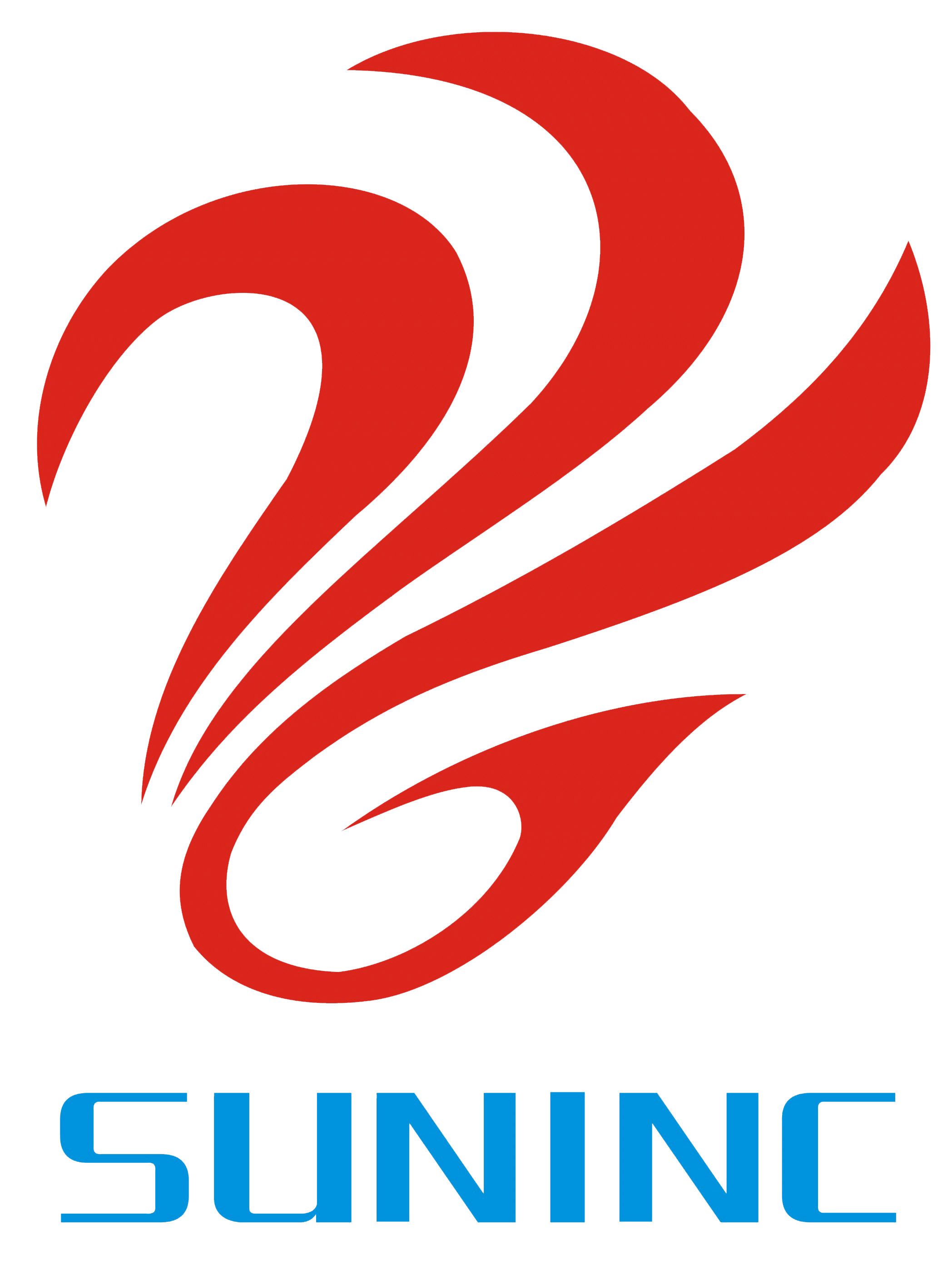-
18
2019.01
Reason: 1. Misalignment of external tensioner. 2. Meets the mechanical frame. 3. Long-term low temperature shape energy. Countermeasures: 1. Modify the position of the tensioner. 2. Check and correct the mechanical parts. 3. Improving environmental temperature.
-
17
2019.01
Reason: 1. The distance between axes is short. 2. The material of pulley is soft. Countermeasures: 1. Adjust the distance between the axles and reinforce the bearing support points. 2. Rigid material is used to harden the surface of the pulley.
-
16
2019.01
Reason: 1. High temperature. 2. The tension wheel stops running. 3. Contaminate with oil. Countermeasures: 1. Improving environmental temperature. 2. Check and adjust the tension wheel. 3. Do not stick oil or change oil-resistant belt.
-
14
2019.01
Reason: 1. Overload. 2. The tension of the belt is too large. 3. The material of the pulley is not good. 4. Added abrasive dust. Countermeasures: 1. Check the design. 2. Reduce the tension force. 3. Harden the surface of the material with high hardness. 4. Improve the environment and inc...
-
10
2019.01
Reason: 1. The belt tension is too large. 2. Parallel misalignment of two axes. 3. The width of the belt is larger than the diameter of the pulley. 4. Overload. 5. Bad meshing between belt and pulley. Countermeasures: 1. Reduce the tension force (no teeth skipping is allowed) 2. Adjust th...
-
30
2019.01
Reason: Added new materials and sharp residues. Countermeasures: Improve the environment. Add protective shield.
-
28
2019.01
Reason: 1. Axis parallelism is not accurate. 2. Insufficient rigidity of bearings. 3. Bending of pulley retaining edge. 4. The diameter of the pulley is smaller than the width of the leather band. Countermeasures: 1. Correct and locate the pulley. 2. Increase the rigidity of the bearing an...
-
26
2019.01
Reason: 1. Tooth skipping. 2. Accidents such as burning and melting of bearings of passive wheels. Countermeasures: 1. a: Overload. B: Initial tension is insufficient. C: The number of meshing teeth is too small. D: The bearing is not rigid enough. 2. a: Check the design. B: Excessive te...

Phone:18903060233
Email:[email protected]
 Wechat Official Acconuts
Wechat Official Acconuts




